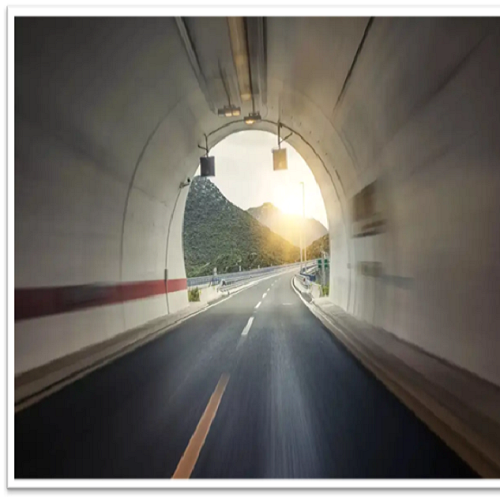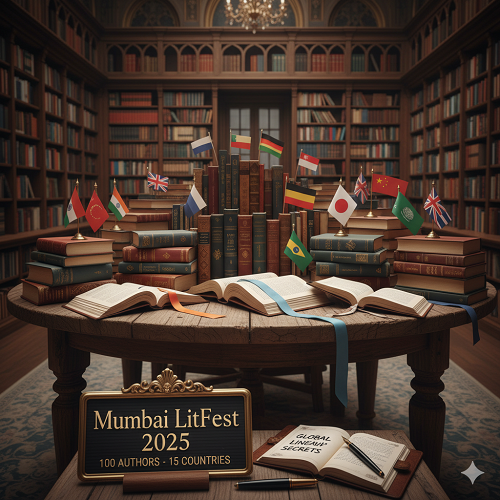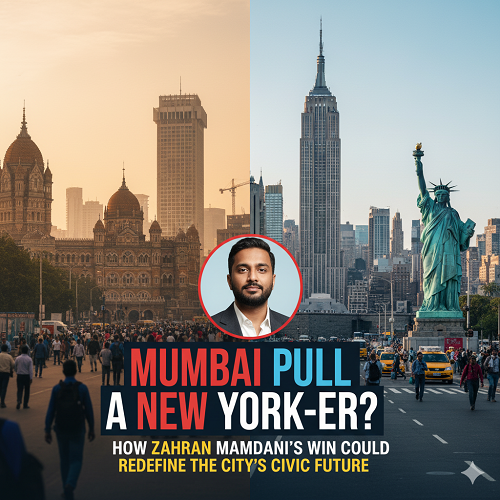
Mumbai’s Smog Returns: Unhealthy Air Quality Shadows Clear Skies as AQI Touches 201
Mumbai woke up on Monday morning to a paradox, a city bathed in sunlight yet shrouded in smog. From the Bandra-Kurla Complex (BKC) to Colaba, a thin haze blurred the skyline, muting the city’s familiar vibrancy. While the India Meteorological Department (IMD) forecasted clear skies and mild weather, the air itself told another story, one of suspended dust, rising pollution, and shrinking visibility. For millions of Mumbaikars, the morning commute began under a deceptive calm that masked a growing environmental concern.
Fresh data released by AQI.in pegged the city’s overall Air Quality Index (AQI) at 201, a reading that falls in the “unhealthy” category. The spike comes just days after a brief improvement triggered by short spells of rain that had temporarily cleansed the atmosphere. However, as the moisture receded, particulate matter surged again, signaling the city’s return to a familiar battle, the cyclical rhythm of pollution, respite, and relapse that defines Mumbai’s post-monsoon months.
Air Quality Deterioration: The Return of a Persistent Urban Enemy
Only a few days ago, Mumbai’s residents had taken a collective breath of relief. The city’s AQI had briefly dipped into the moderate range after rainfall swept away suspended pollutants. That improvement, however, proved short-lived. The IMD reported that visibility dropped sharply in the early morning hours due to a smog layer that re-emerged overnight. Daytime temperatures are expected to hover around 34°C, while the minimum will settle near 18°C, conditions that often trap pollutants close to the surface.
Environmental experts note that the absence of strong winds, combined with Mumbai’s dense construction zones and rising vehicular emissions, has created a perfect storm for pollution buildup. The return of smog underscores how vulnerable India’s financial capital remains to fluctuations in temperature and humidity, natural triggers that amplify man-made environmental stress.
AQI Snapshot: Wadala, Colaba and BKC Among Worst-Hit Zone
Real-time AQI data revealed alarming disparities across the city. The Wadala Truck Terminal recorded the highest pollution levels, with an AQI of 327, classified as “severe.” Colaba and the Bandra-Kurla Complex followed closely at 283 and 270, both in the “unhealthy” range. Industrial and densely populated pockets such as Deonar (267) and Kurla (247) also registered dangerously high readings, reflecting dense concentrations of PM2.5, the fine particulate matter that poses the greatest risk to human health.
Some western suburbs fared marginally better. Kandivali East reported an AQI of 77 (moderate), while Mankhurd (90), Jogeshwari (93), and Parel-Bhoiwada (97) stayed within the moderate to poor range. Malad West, however, edged toward the “poor” category at 143. The data paints a mosaic of contrasts, cleaner air in peripheral zones but heavy pollution in the city’s industrial and transport corridors.
Understanding the Numbers: Why AQI 201 Matters
To understand the gravity of Mumbai’s current reading, it’s important to contextualize AQI classifications. Values between 0–50 are considered Good, 51–100 Moderate, 101–150 Poor, 151–200 Unhealthy, and anything above 200 Severe or Hazardous. An AQI of 201 marks the threshold where prolonged exposure begins to affect even healthy individuals, while sensitive groups such as children and the elderly face heightened risks.
Doctors across Mumbai have noted a visible rise in respiratory cases since early November. Common complaints include sore throats, irritation of the eyes, and breathlessness, symptoms directly linked to fine particulate pollution. According to a report by the Central Pollution Control Board (CPCB), chronic exposure to PM2.5 can lead to long-term health conditions, including asthma and cardiovascular complications.
Meteorology Meets Urbanization: Structural Drivers of Pollution
Mumbai’s recurring air quality crisis is not accidental, it’s structural. A mix of meteorological stagnation, unchecked construction, and vehicular emissions has created an environment where pollutants accumulate faster than they disperse. The city’s vehicular population crossed 4.5 million in 2024, and traffic congestion continues to be a major contributor to rising nitrogen dioxide (NO₂) and carbon monoxide levels.
Data from the Maharashtra Pollution Control Board (MPCB) attributes nearly 30% of Mumbai’s particulate matter to vehicular emissions and about 20% to road and construction dust. Industrial emissions, waste burning, and fuel combustion in informal settlements add to this cocktail of contaminants. The combination of these factors has made clean air an increasingly scarce resource in a city that prides itself on its coastal breezes.
Health and Economic Implications: The Cost of Dirty Air
Air pollution is now both a public health issue and an economic threat. According to a 2023 study by the Energy Policy Institute at the University of Chicago (EPIC), residents of Mumbai stand to lose up to 2.5 years of life expectancy due to sustained exposure to poor air quality. The World Bank estimates that air pollution-related health costs consume nearly 1.4% of India’s GDP annually, a figure that underscores how environmental degradation directly impacts productivity and economic growth.
For a metropolis that fuels much of India’s financial output, these numbers carry profound implications. Every cough, every missed workday, and every respiratory ailment adds up to a macroeconomic burden that silently erodes the city’s workforce resilience.
Policy Response and the Road Ahead
In response, the Brihanmumbai Municipal Corporation (BMC) and the MPCB have intensified efforts to mitigate pollution. Measures include mechanical street sweeping, stricter controls on construction dust, and real-time monitoring of emission hotspots. The IMD’s regional office has also urged residents to minimize outdoor activity during peak pollution hours and to use protective masks when necessary.
Yet, experts agree that these short-term fixes must evolve into structural reforms. Expanding public transport, accelerating electric mobility, greening urban spaces, and enforcing waste segregation at source are crucial steps. The challenge is not one of awareness but of execution, integrating policy, enforcement, and public participation into a unified environmental framework.
Conclusion: The Smog Beneath the Skyline
Mumbai’s skyline still glitters under the morning sun, but the haze beneath it tells a different story, one of a city grappling with the unintended consequences of its own growth. The return of smog is not merely a weather event, it’s a reminder that environmental sustainability must move from policy papers to lived reality.
As the city’s AQI oscillates between hope and hazard, the path forward lies in redefining progress, not just in terms of skyscrapers and GDP, but in the simple, measurable joy of breathing clean air. Because for Mumbai, the true test of development is no longer how high it builds, but how clearly its people can see the sky.





